Gira tu dispositivo para una experiencia óptima
Gira tu dispositivo para una experiencia óptima

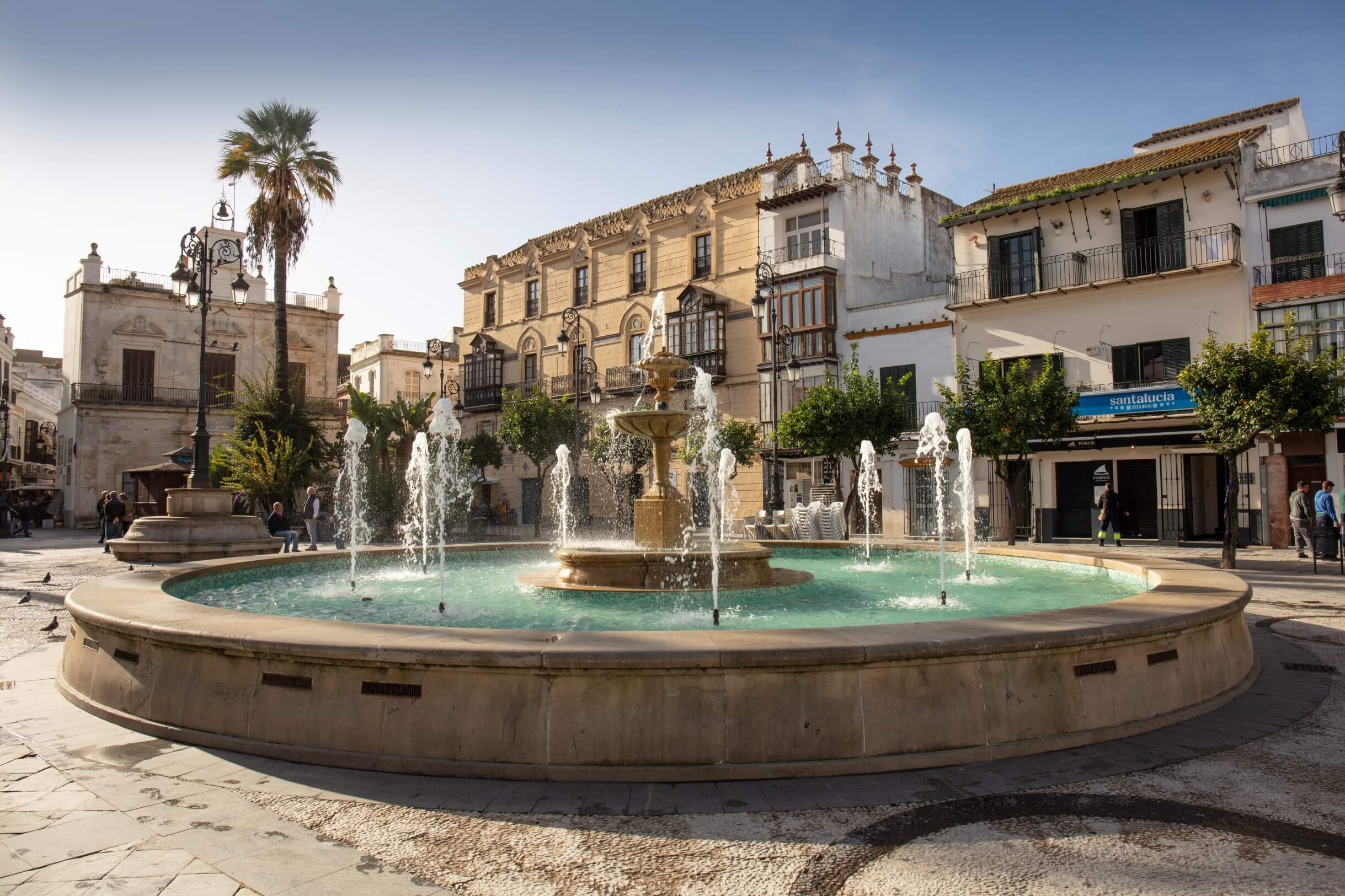

Enclavada en el margen izquierdo de la desembocadura del río Guadalquivir y frente a Doñana, el origen del primer asentamiento en Sanlúcar viene auspiciado por la construcción de un templo fenicio dedicado a Astarté.
La ciudad de aire señorial -declarada Conjunto Histórico- posee una estructura urbana que se caracteriza por estar dividida en dos grandes núcleos: el Barrio Alto y el Barrio Bajo. El Barrio Alto es el núcleo histórico y monumental, de angostas calles, blancas fachadas y aristocráticos palacios como el Palacio de Orleáns y Borbón (junto a la Basílica de Nuestra Señora de la Caridad) o el renacentista Palacio Ducal de Medina Sidonia. En las cercanías sitúa el Arquillo o Puerta de Rota, restos de la muralla medieval, el Castillo de Santiago (s. XV) el Convento de las Descalzas y la Iglesia de Nuestra Señora de la O.
Bajando por la Cuesta Belén hacia el Barrio Bajo, se sitúan el auditorio de la Merced y las Covachas del s. XV - la mejor muestra del gótico en la ciudad- que decoran una de las fachadas del Palacio Ducal. Camino de la iglesia de Santo Domingo (s. XVI) se enclavan la iglesia de San Jorge y el convento de Regina Coeli. En la dirección contraria están la iglesia del Carmen y el convento de Capuchinos.
Para tapear en Sanlúcar, nada mejor que la plaza Cabildo o Bajo de Guía, el barrio de pescadores inundado de restaurantes en los que probar los famosos langostinos, pescaítos y guisos marineros. De su pantalán sale el buque “Real Fernando”, que realiza la travesía por el río hasta su desembocadura para conocer Doñana.
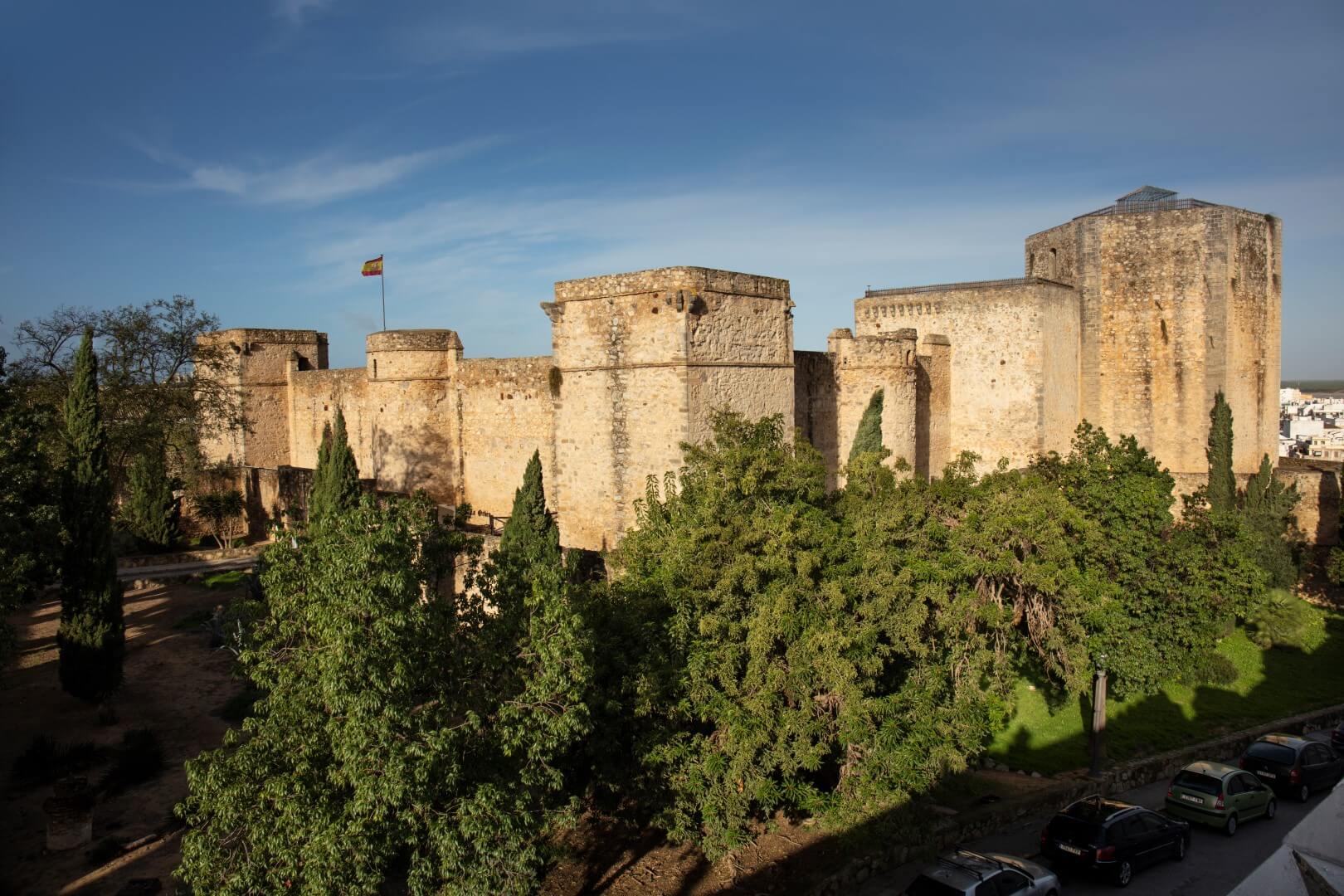

El litoral de Sanlúcar cuenta con 6 km de playas, siendo las más representativas la playa de Bajo de Guía, la de la Calzada, de las Piletas, playa de la Jara y, ya en la orilla del parque nacional de Doñana, la playa del Coto también denominada por los sanluqueños ‘la otra banda’.
En Doñana se enclavan también los parajes naturales sanluqueños de los Pinares de la Algaida y las Marismas y Salinas de Bonanza. En sus playas tienen lugar las famosas Carreras de Caballos en la playa (de Interés Turístico Internacional) auspiciadas en sus orígenes por la aristocracia y la burguesía sanluqueña del s. XIX deseosa de incentivar la vida social de la villa durante la temporada estival.
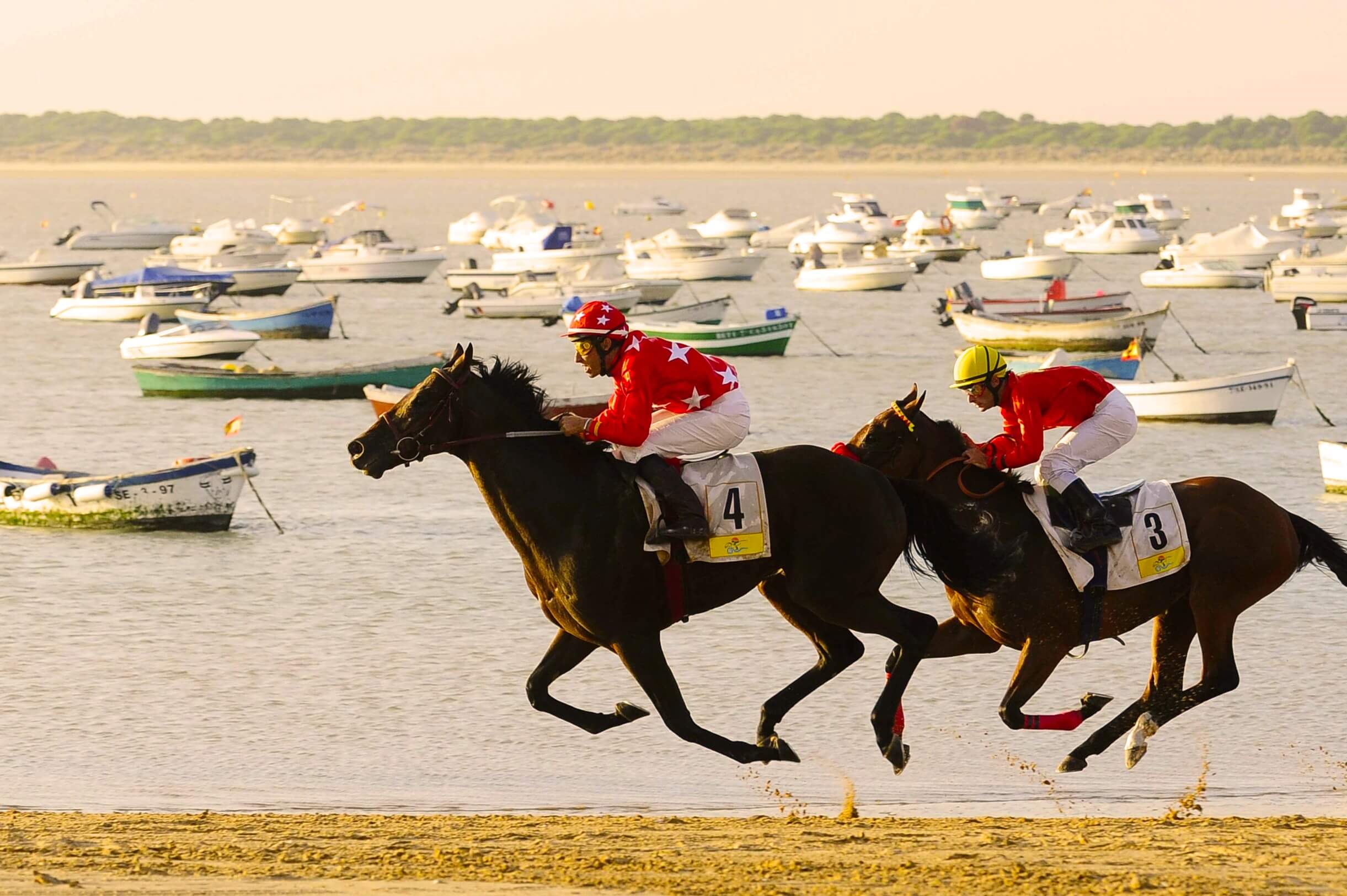


Vídeo carreras de caballos

03:12s

Cádiz Auténtica

Naturaleza
Deporte
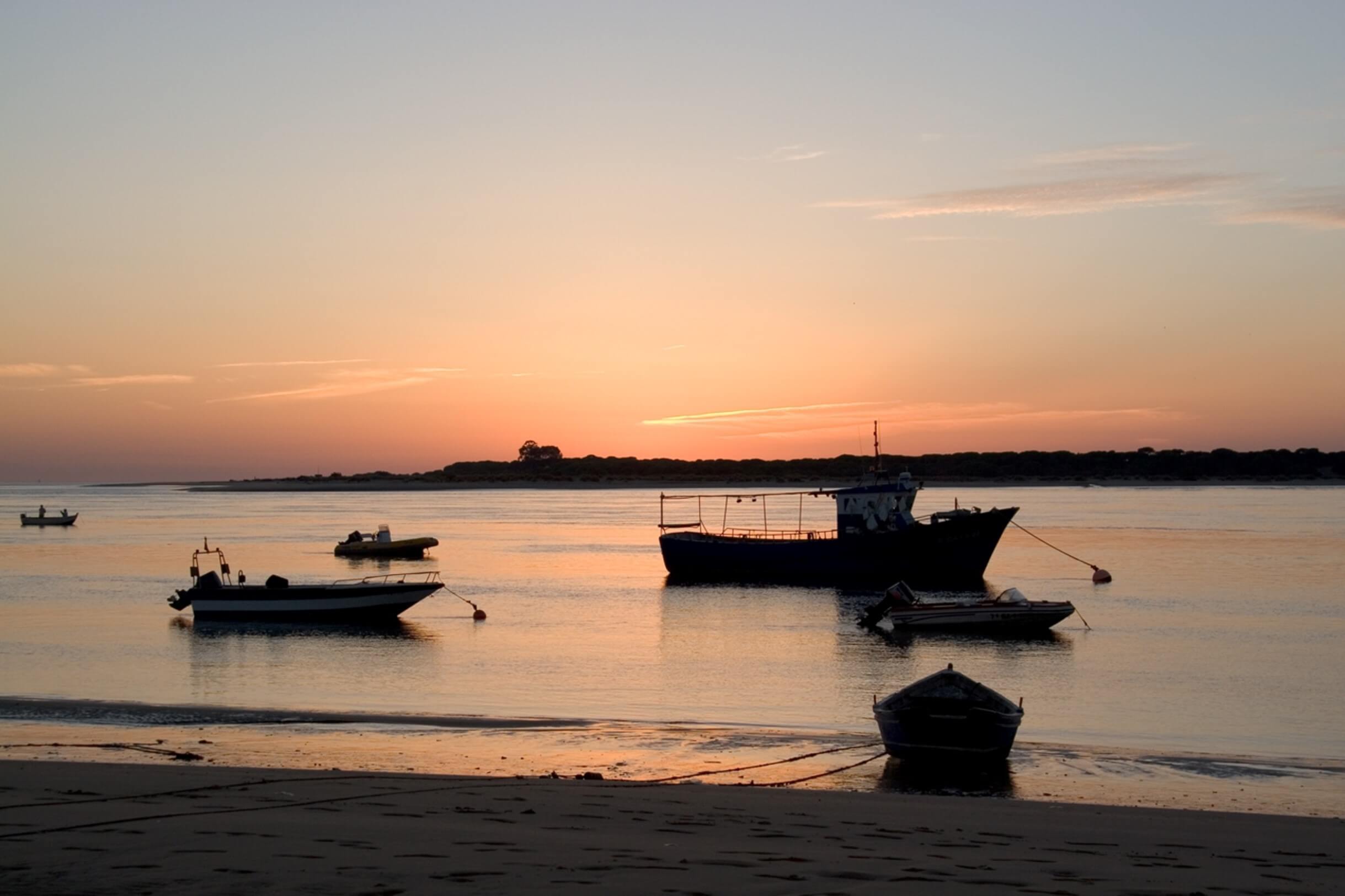
entra en doñana


1 día

Cádiz Relax

Naturaleza
Gastronomía
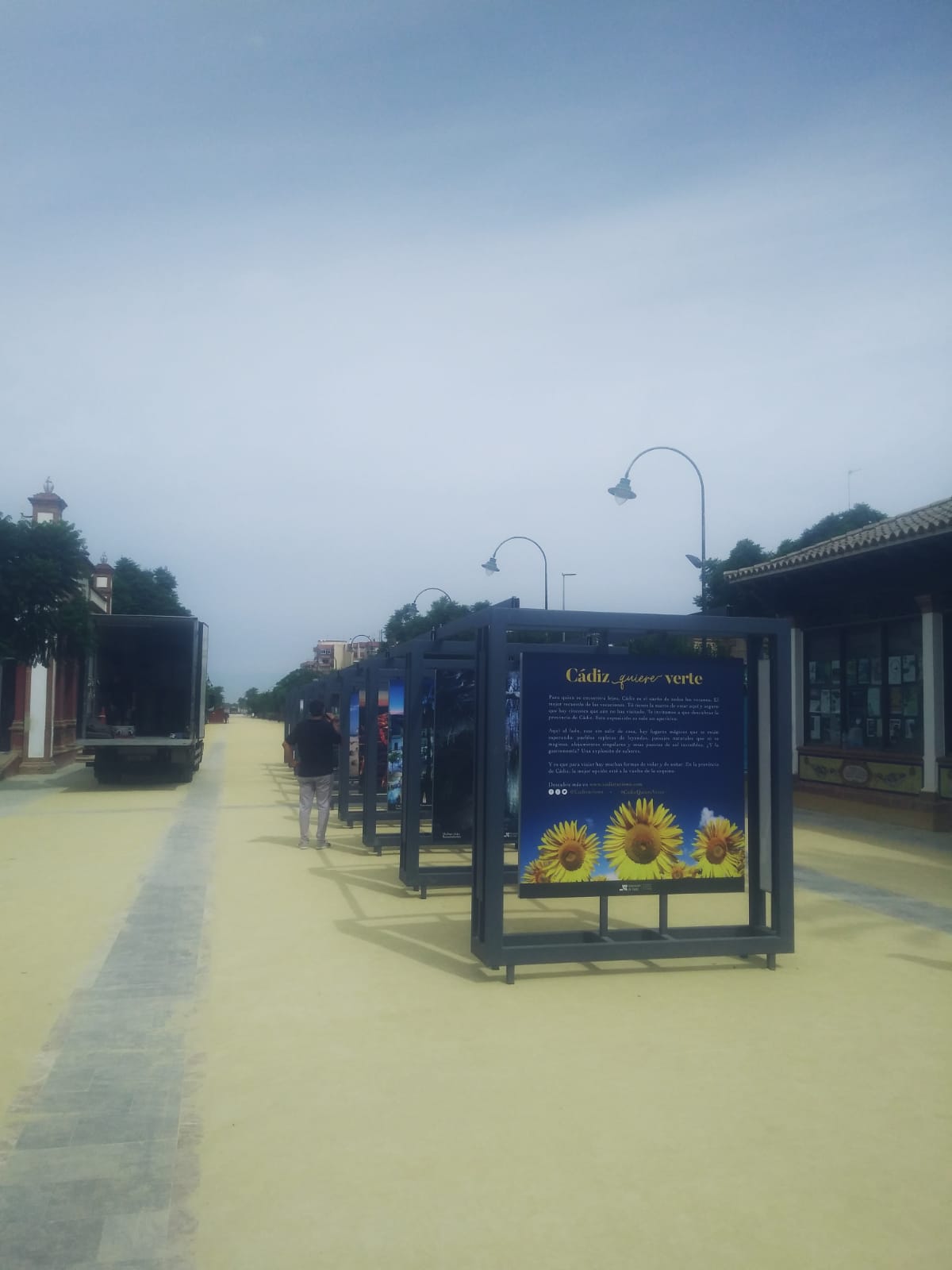
sendero del cerro del águila


1 día

4 km / 2 h

Naturaleza

Dificultad Baja